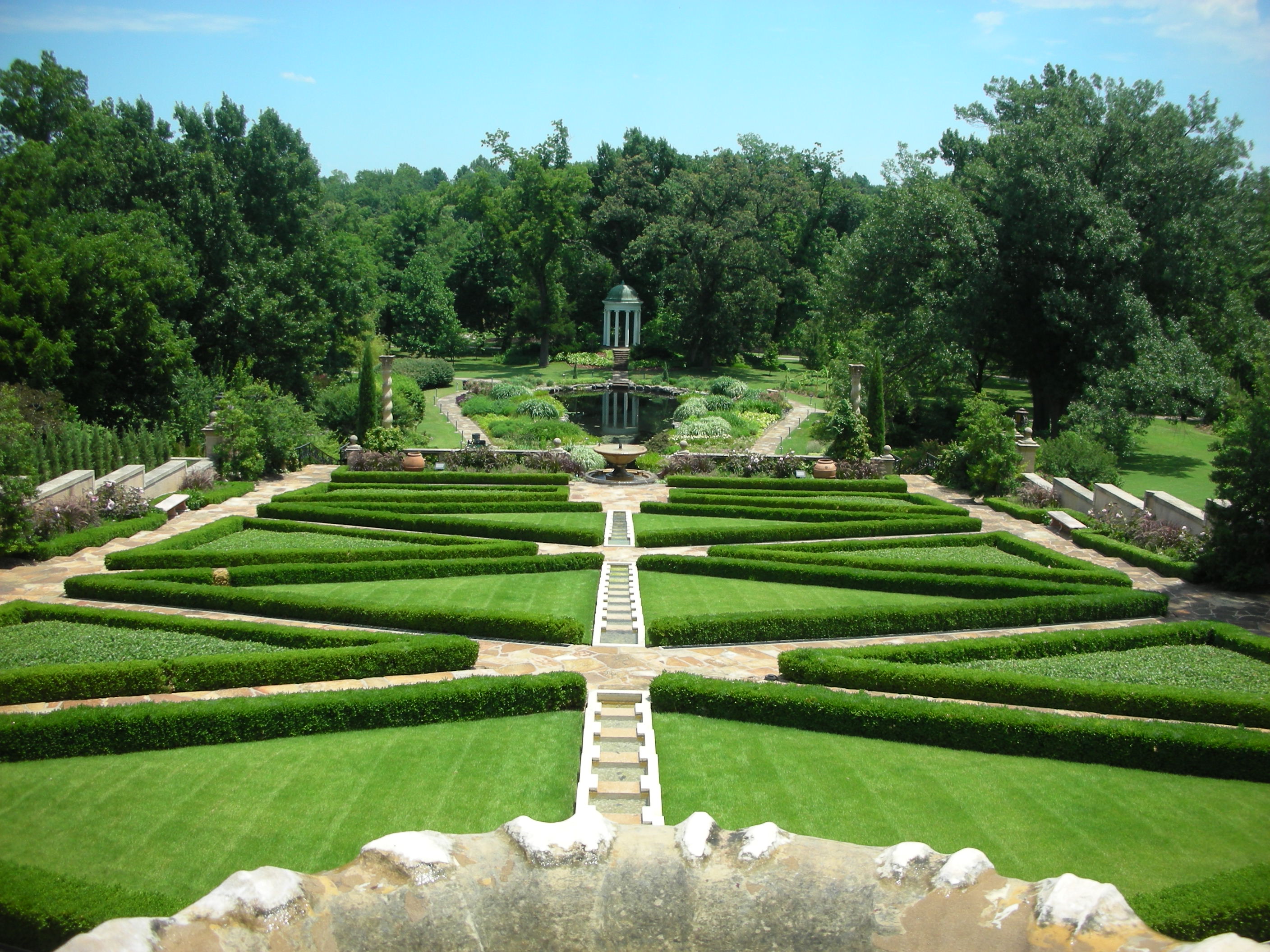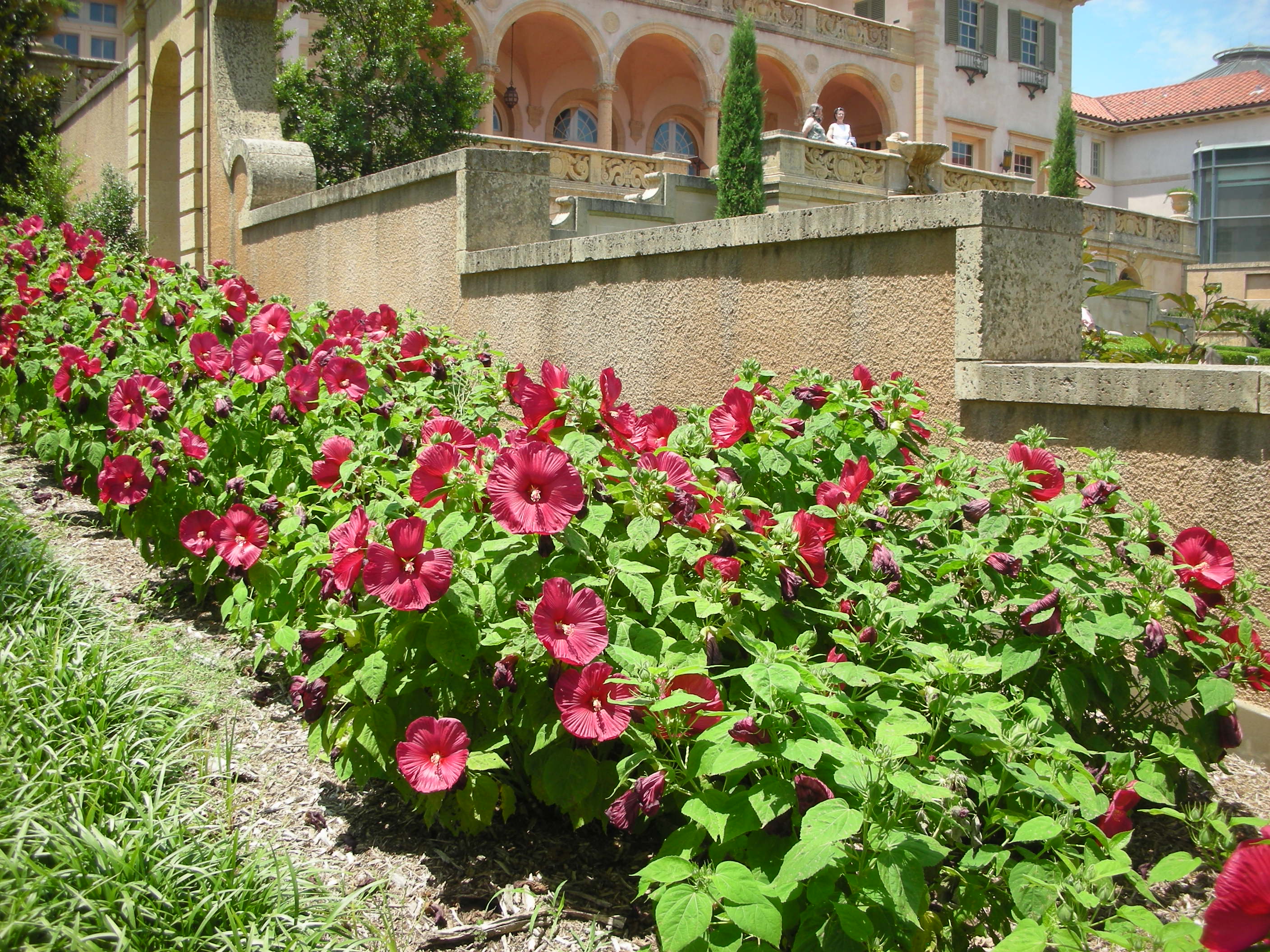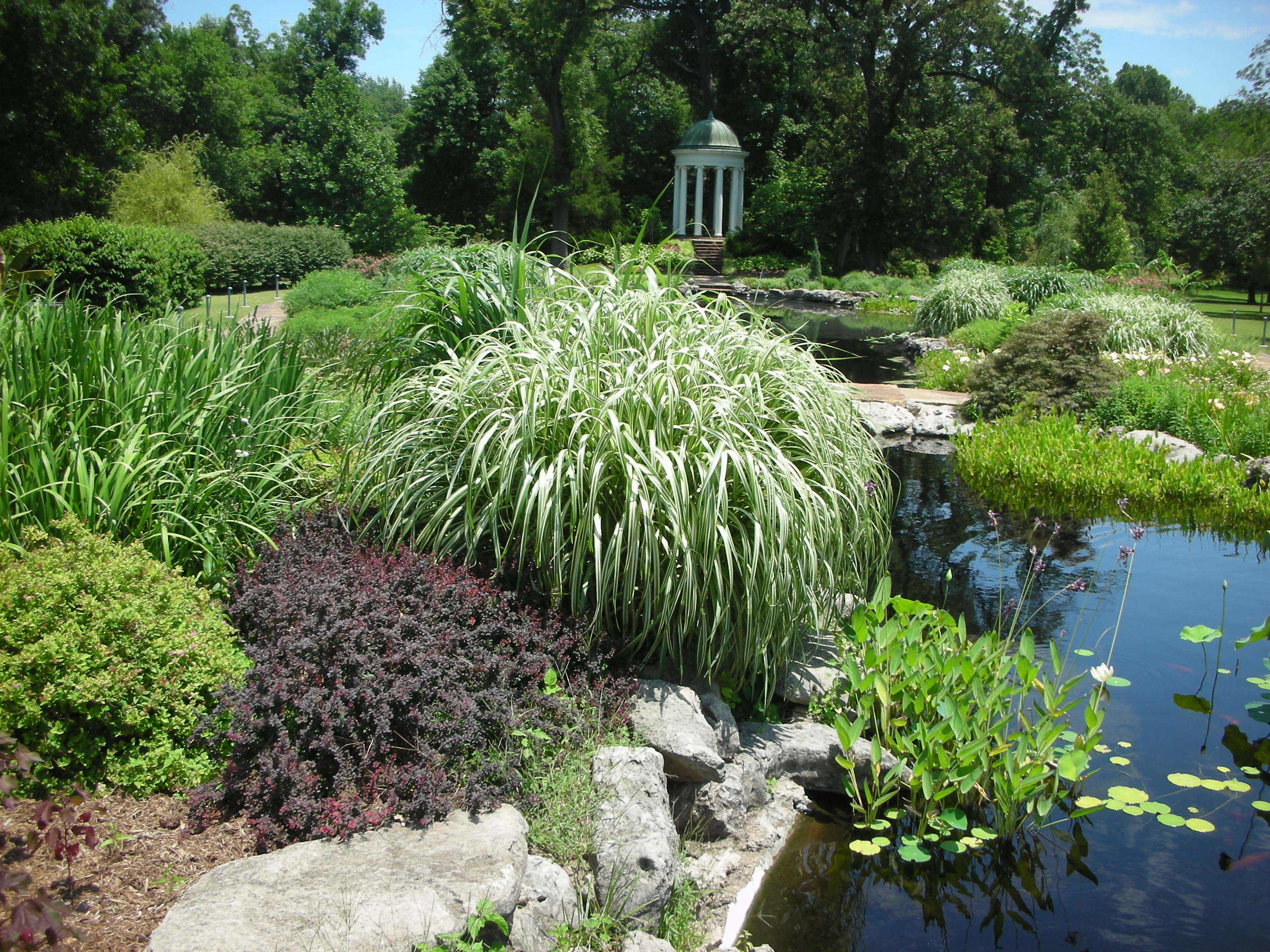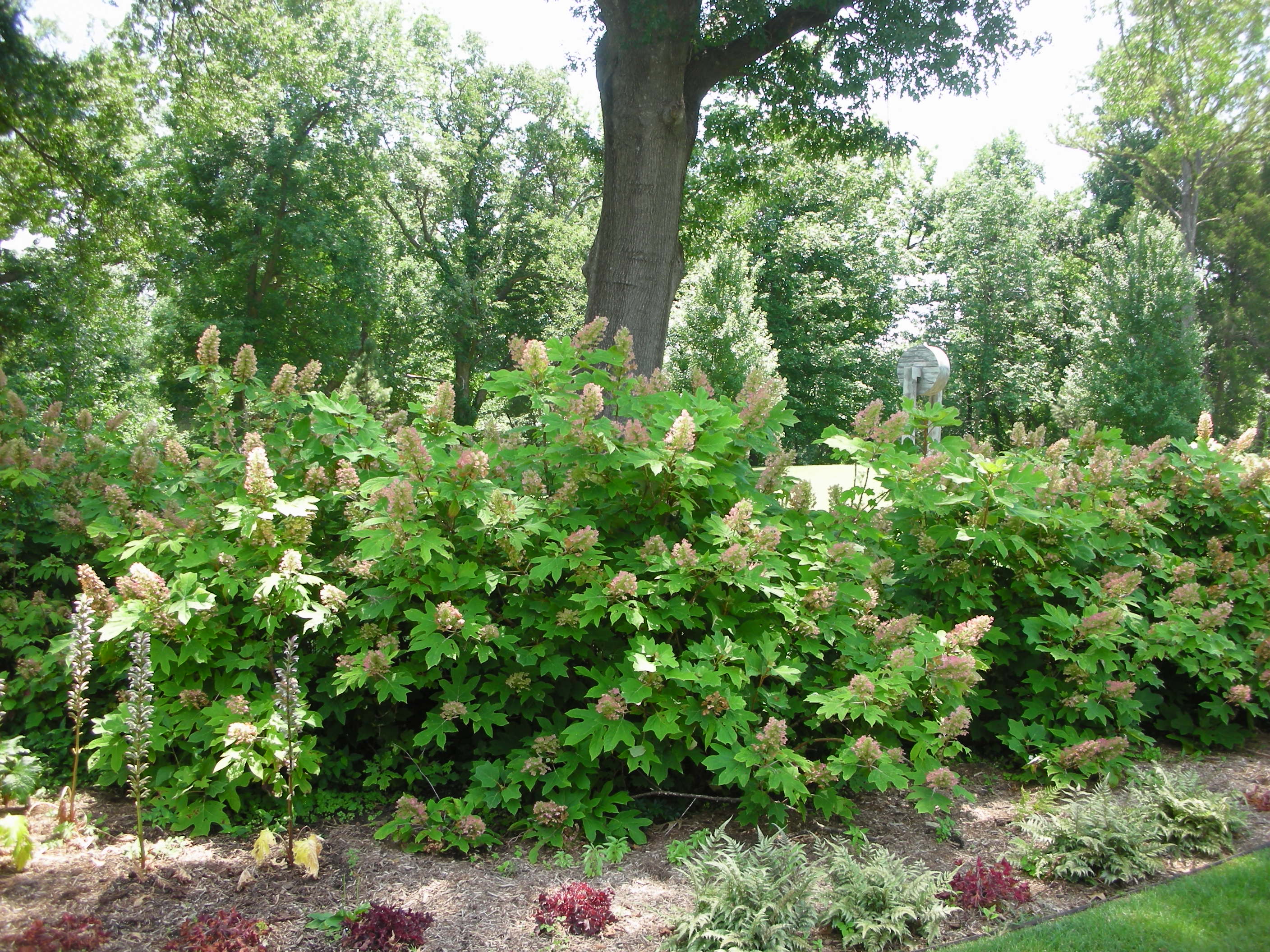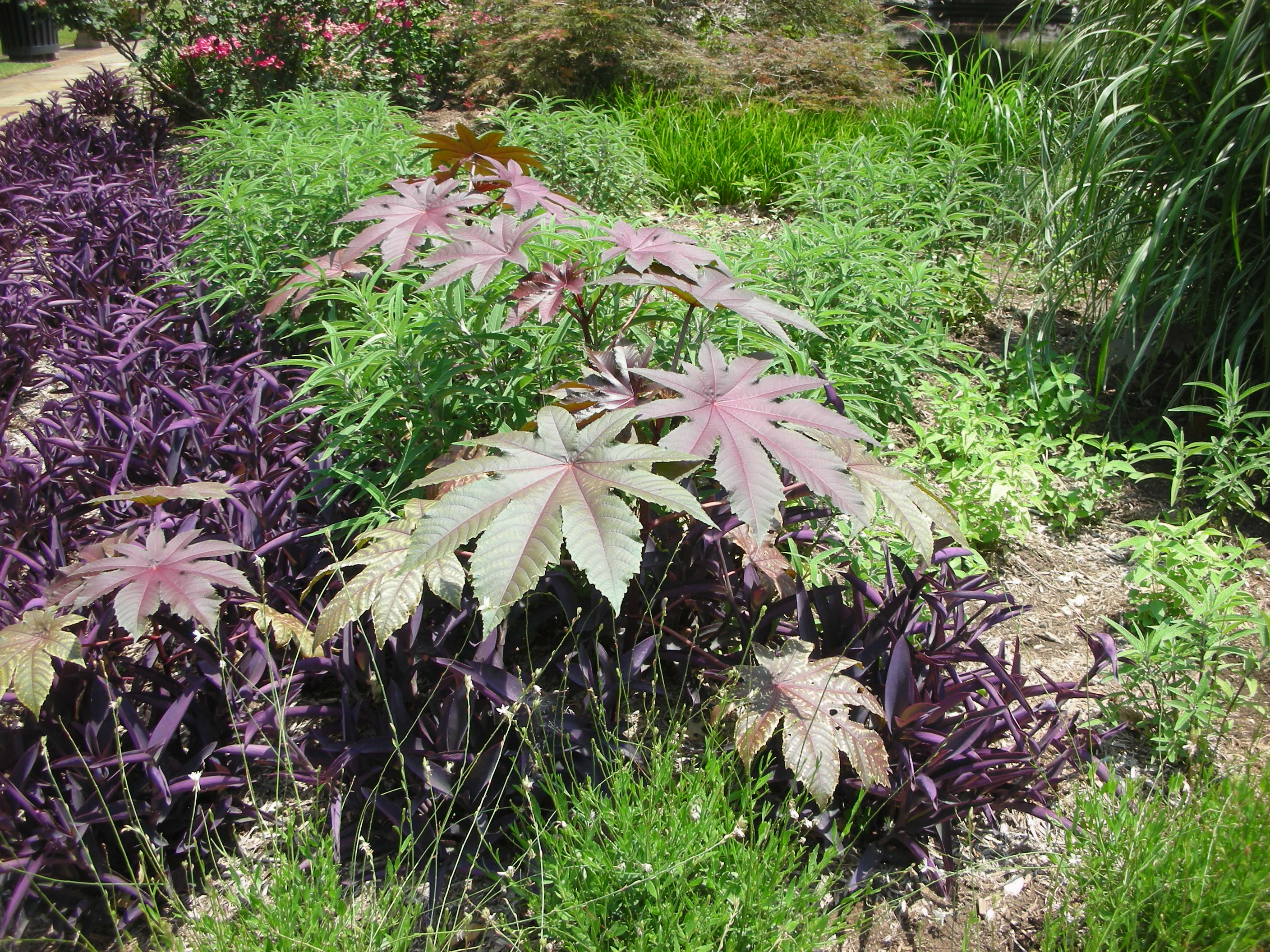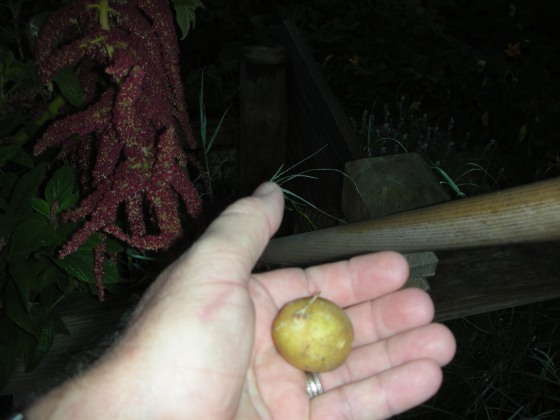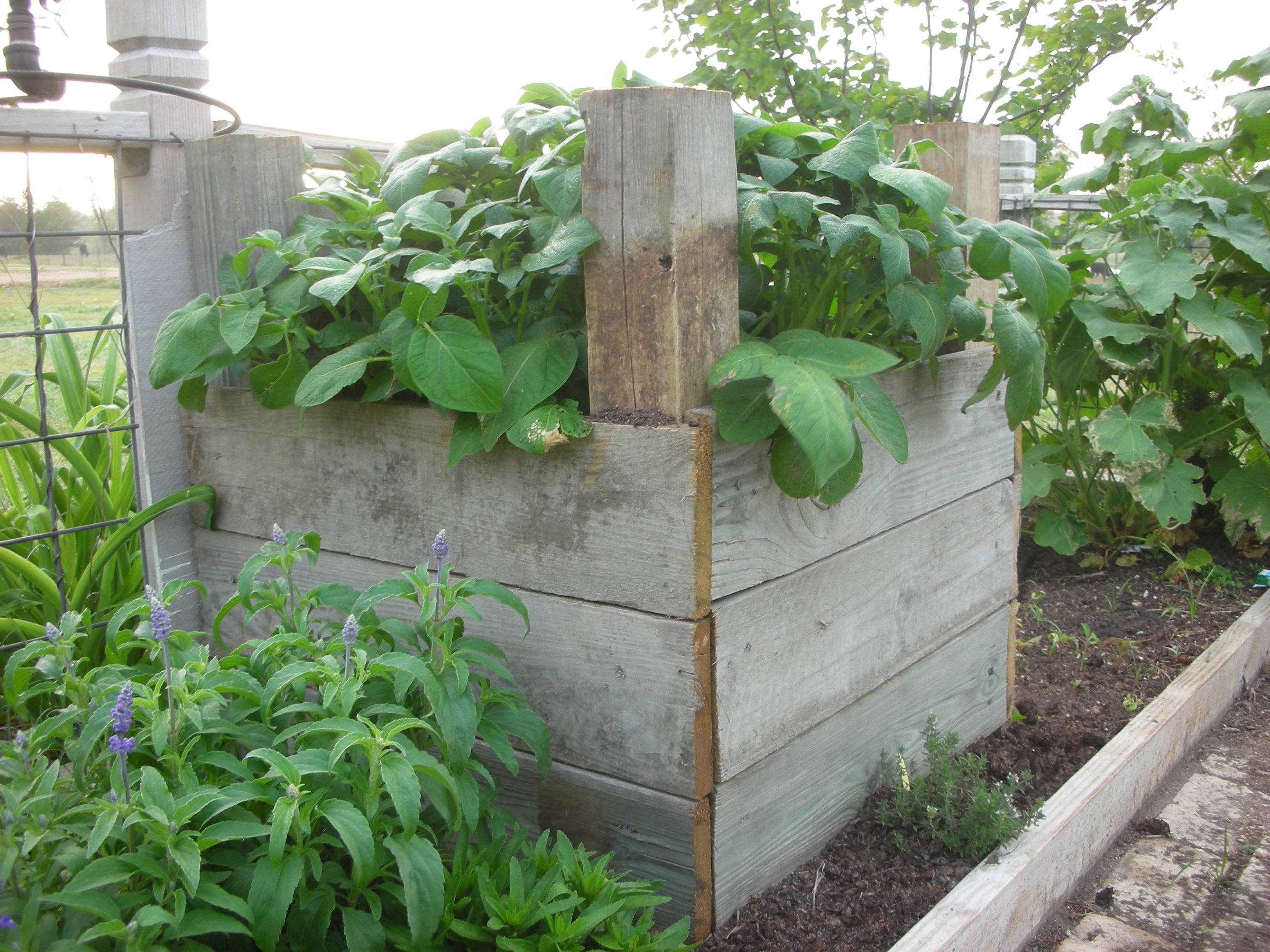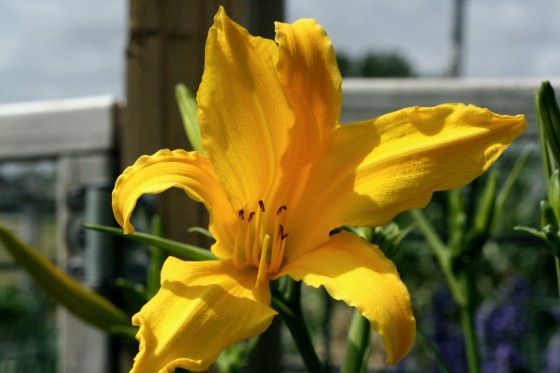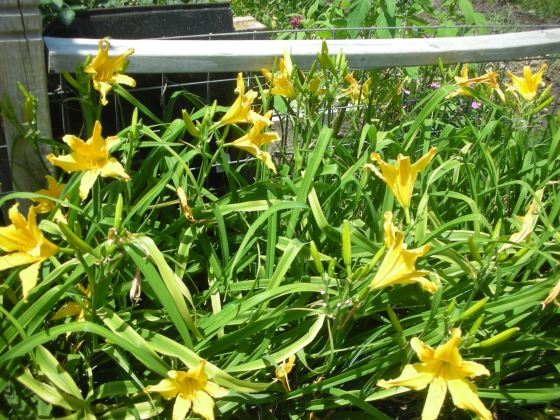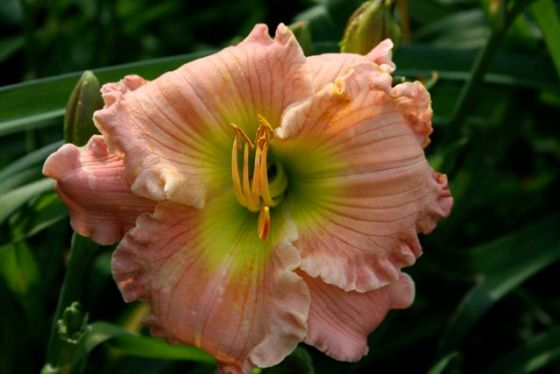This past weekend, the yupneck and his lovely wife took a much-needed break. We headed to Tulsa, Oklahoma for a little R&R. If you have never been to Tulsa, you should make a goal to go. I have been several times now and each time I discover something more amazing than I did the time before. This city is truly a gem. With a population of approximately 250K, it is the perfect size to provide you with all of the big city amenities while maintaining the feel of a small town.
Tulsa used to be the oil/energy capital of America long before Houston took the title from them. Because of this, there is still a very large oil and gas presence (and money) in the area. All of that oil money has blessed Tulsa with an incredible collection of Art Deco buildings and a thriving arts culture. However, I did not come to see buildings or art. I came to see plants. And boy am I glad I did. Horticulturally, Tulsa is a beautiful city. It is dotted with lovely parks, beautiful public gardens and absolutely fabulous neighborhoods. Those folks in Tulsa evidently love their plants as much as the yupneck. I saw so much beautiful stuff that I cannot include it all in a single post. So, here is the first installment of the Great Tulsa Escape Weekend.
Our first stop was the Philbrook Museum of Art. This Italian Renaissance Mansion was a gift to the city of Tulsa from Waite Phillips. The mansion is spectacular and the art amazing. However, it was the 23 landscaped acres surrounding the property that really got me going.
After passing through the central gallery, you quickly come to the center of the museum. It is from here that you get your first view of “the backyard”. To say it is impressive is a huge understatement. The Italianate Garden was designed and installed with the house in the 1920s.
One thing I have begun to notice as I have toured gardens and landscapes this summer is how simple the plantings are. Mass and repetition are two of the founding concepts of landscape design; and they have been used exquisitively in this garden. Above, notice that the majority of the picture is made up of just three plants: boxwood, grass, and jasmine. These three elements are strikingly combined in the parterre.
As you walk down the hill, you leave a formal parterre and enter the water garden. While water is a constant theme of the entire garden, the pond in the lower garden is the focus. Here plantings were selected to give a more “wild” or natural appearance.
The lower garden is flanked by a very lovely structure called “The Lover’s Chapel”
I was amazed by all of the plants that they can grow in Tulsa that i just have had very little to no luck with. Lots of hydrangea. Here is a very beautiful mas of oak leaf hydrangea
There were a few things growing at Philbrook that I have in my garden. Below is a picture of a couple of things that are very common in our part of the world.
I really want a pond in my own garden. The Philbrook’s ponds only made me want one more.
And finally, I will leave you with a view of Villa Philbrook looking up from the lower garden.


